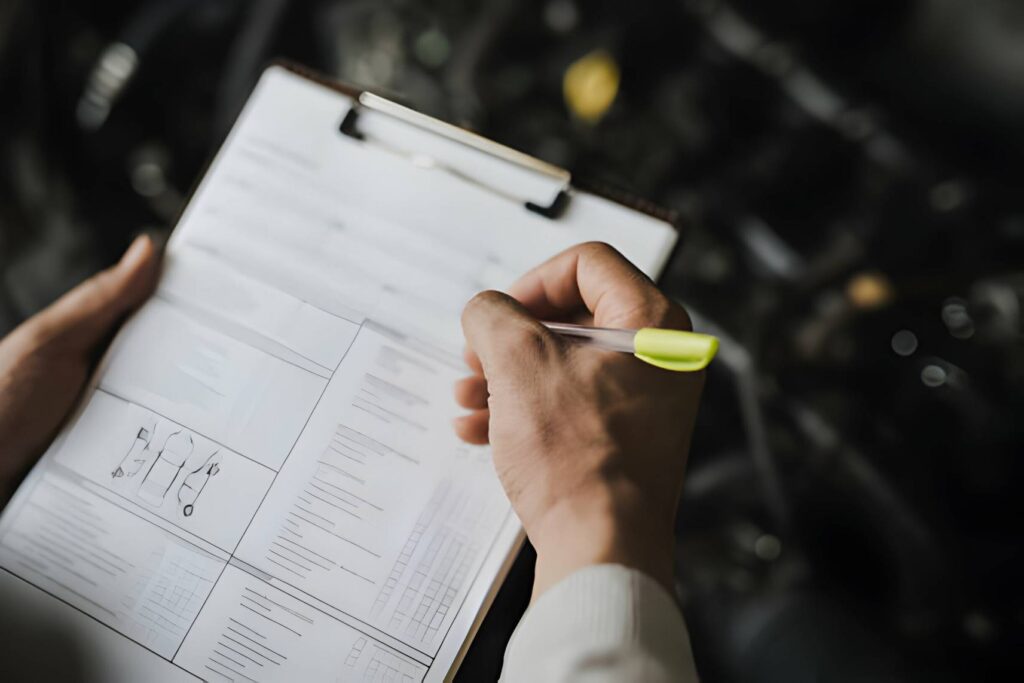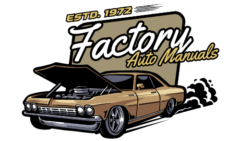
If you need to do a vehicle maintenance and repair, having the right resources at your disposal can make all the difference. Among these resources are parts catalogs and repair manuals, indispensable tools for anyone undertaking DIY repairs or even for professionals in the automotive, construction, or agricultural industries. Let’s delve into what these catalogs entail and how they complement service repair manuals.
Understanding Parts Catalogs
What is a Parts Catalog? A parts catalog serves as a comprehensive listing of parts specific to a particular piece of machinery or vehicle. It not only provides the part numbers for easy reordering but may also include illustrations to aid in part identification.
Components of a Parts Catalog:
- Text Manuals: These contain detailed descriptions and part numbers.
- Illustration Manuals: These visually represent the parts, facilitating easier identification.
Quick Reference Index: This index streamlines the process of locating specific parts, either by name or number, ensuring efficient navigation through the catalog.
Vehicle Groupings in Parts Catalogs
Parts catalogs typically organize components into logical groupings, making it easier for users to locate the parts they need. For instance, a Ford F-150 parts catalog might include groupings such as accessories, brake systems, engines, and more.
Parts Catalogs for Different Equipment
1. Automotive Parts Catalogs:
- For vehicles like cars and motorcycles, parts catalogs are essential for accurate part identification, especially when performing repairs or modifications.
2. Heavy Equipment Parts Catalogs:
- Construction and agricultural machinery require specialized parts catalogs, often organized similarly to automotive catalogs but tailored to the unique components of each machine.
3. Motorcycle Parts Catalogs:
- Motorcycle enthusiasts, particularly owners of brands like Harley Davidson, benefit greatly from having access to parts catalogs, enabling them to maintain and customize their bikes effectively.
Types of Replacement Parts
When it comes to replacing parts, there are three main categories to consider:
- Recycled LKQ Parts: Salvaged from junkyard vehicles, these parts offer a cost-effective option for certain repairs.
- OEM Parts: Original equipment manufacturer parts are brand-new replacements manufactured by the vehicle’s original maker, ensuring a perfect fit but often at a higher cost.
- Aftermarket Parts: Produced by third-party manufacturers, aftermarket parts are generally more affordable but may vary in quality.
FAQs About Parts Catalogs and Repairs
1. Number of Parts in a Vehicle: On average, a vehicle can comprise up to 30,000 individual parts, with complex machinery like combines boasting even higher counts.
2. Common Vehicle Repairs: Common repair needs include battery replacements, brake repairs, and addressing issues with axles, fuel systems, and transmissions.
3. Availability of Spare Parts: Manufacturers are typically required to make spare parts available for up to 10 years after a vehicle’s production, with aftermarket options becoming more prevalent for older vehicles.
When you are doing DIY vehicle maintenance and repair, access to both parts catalogs and repair manuals is invaluable. By familiarizing yourself with these resources and opting for OEM parts whenever possible, you can ensure smoother repair processes and better outcomes for your vehicles or equipment.
